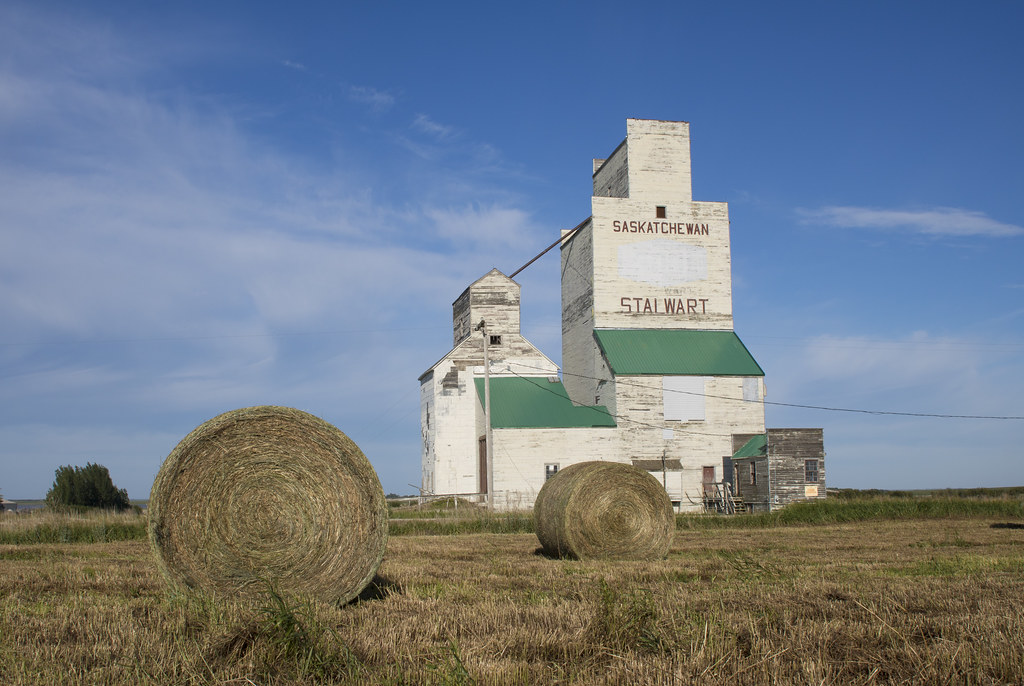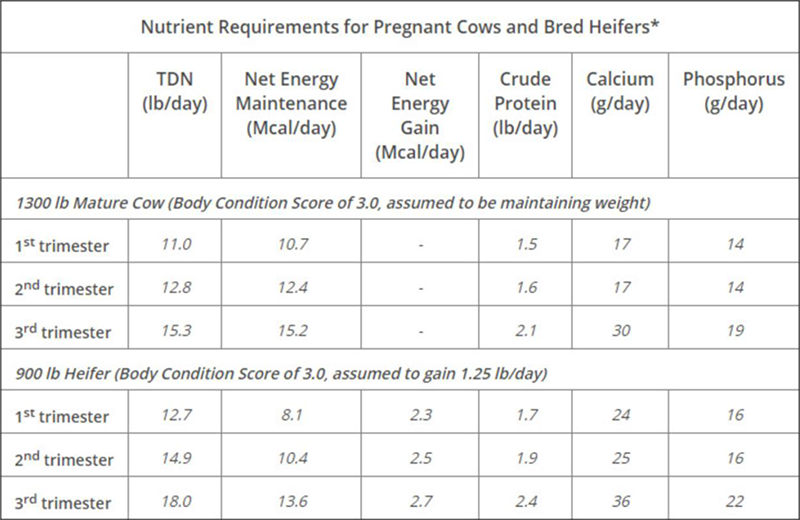Written by Darian Livingstone | Ceres Industries
(306) 653-7258 |
Ranchers in the area have probably started their winter-feeding programs already. Just as they say in Game of Thrones, "winter is coming." I’ve mentioned feed testing in passing quite often over these last few months, so I would like to take this opportunity to discuss the topic in greater depth. At the risk of sounding like a broken record, I'll say it again; feed testing is one of the most important management practices on the farm.

"steadfast" by Trevor Pritchard is licensed under CC BY-NC-SA 2.0
A visual assessment of forage quality can be a starting point, but it is not accurate enough to properly evaluate the condition of the forage. Incorrectly assuming the quality can result in mineral deficiencies or wasting cash on unnecessary supplements due to under or over supplementing. Proper nutrition can prevent profit losses that are not always obvious such as poor average daily gain (ADG) or low conception rates.
The nutritional requirements of animals will differ depending on the age, gender, stage of production, environmental temperature, etc.. So, it is necessary to take these factors into consideration as well when deciding on a feed source. For example, a feed that is suitable for replacement heifers in early gestation won't be suitable for a lactating dairy cow. By feed testing, ranchers can identify toxicities, nutrition gaps, as well as accurately price feed when buying or selling.
When testing, it is important to get samples that are representative of the feed. Since nutrients can vary not only between pastures but also within them, it is best practice to obtain numerous samples from various sites. This means sampling numerous bales from a field or several different loads from the silage pit. It is important to note that forage quality changes throughout the storage period, so sample collection should be done as close to feeding as possible. After collecting the samples, they should be stored in a clean, air-tight zip-lock bag before mailing to the laboratory.
I'm sure most are familiar with the concept of feed contents (e.g., dry matter, crude protein, TDN, etc.). Often, it is the analysis report from the lab that creates some confusion when attempting to interpret the results.
Lab companies employ one of two methods to analyze feed: wet chemistry and Near-Infrared Spectroscopy (NIR). NIR, the more popular method, uses light reflection rather than chemistry. To put it simply, an infrared beam is shone through the sample. Each component of that feed sample (protein, starch, cellulose, etc.) will absorb and transmit that beam differently. A sensor will then interpret this data and convert it into usable information.
Feed quality varies according to numerous factors including the present species, stage of maturity, storage conditions, and weather during the growing season. The following table is an example of the nutrient requirements for beef cattle in various stages.

Crude protein (CP) is an indication of the amount of nitrogen in the feed. Protein is made up of about 16% nitrogen. So, the CP number on a feed analysis is an interpretation of the nitrogen content and reported as crude protein. It is termed as 'crude' because the nitrogen measurement comes from true proteins and non-protein-nitrogen (NPN). Labs typically will break this down further and indicate the level of soluble protein versus by-pass protein.
Soluble protein is relatively self-explanatory. This type of protein is available for the rumen microbes to use for themselves. This can consist of true protein or NPN like urea. On the other hand, by-pass protein bypasses the rumen is typically absorbed in the small intestine of the animal for their use.
Acid detergent fibre (ADF) refers to the portion of the feedstuff that consists of lignin and cellulose. Essentially, lignin is the glue that holds the plant together. This component of the plant is completely undigestible and increases as the plant matures. A high ADF value implies the feedstuff is difficult to digest, which increases its time in the rumen. Straw, as an example, has a very high ADF value and will take a long time for the animal to digest. Although feeds with high ADF values can be used to fill the rumen, no nutrients are being absorbed.
Neutral detergent fibre (NDF) refers to the portion of the plant that contains ADF and hemicellulose. NDF is generally used as an indicator of palatability. Ruminant animals can digest hemicellulose, but it is still a fibrous material meaning it doesn't add to palatability. High NDF values indicate low palatability, so animals will be less inclined to consume this feedstuff.
Total digestible nutrients (TDN) is a composite value of digestible carbohydrates, digestible protein, and digestible fat. TDN reflects the caloric density of the feedstuff. This number can then be used to estimate digestible, metabolizable, and net energy.
Knowing the proportions of these components in your feed can help you accurately formulate your livestock's diets. Proper nutrition can help prevent sneaky production losses. Profit losses from lower conception rates or decreased rates of gain aren't always obvious to a producer. Let's face it, none of us like scrutinizing herd data or accounting papers. But spending just a couple of extra dollars in feed supplements can mitigate these production losses and increase your bottom line.
For more information, or to find the Saltec dealer closest to you, call Ceres Industries at (306) 653-7258. Alternatively, you can email Darian Livingstone at
Resources
Beef Cattle Research Council, 2019. Feed Testing and Analysis for Beef Cattle, BCRC. [blog] https://www.beefresearch.ca/research/feed-value-estimator.cfm
Heeg, A. 2017. Feed Analysis Reports Explained, Ontario Ministry of Agriculture, Food, and Rural Affairs. [blog] http://www.omafra.gov.on.ca/english/livestock/dairy/facts/16-049.htm
Kincheleo, J. 2017. The Importance of Feed Testing, Drovers. [blog] https://www.drovers.com/article/importance-feed-testing
Zeiss, N.D. Near Infrared Spectroscopy (NRS), ZEISS https://www.zeiss.com/spectroscopy/solutions-applications/measuring-principle/near-infrared-spectroscopy.html#introduction

